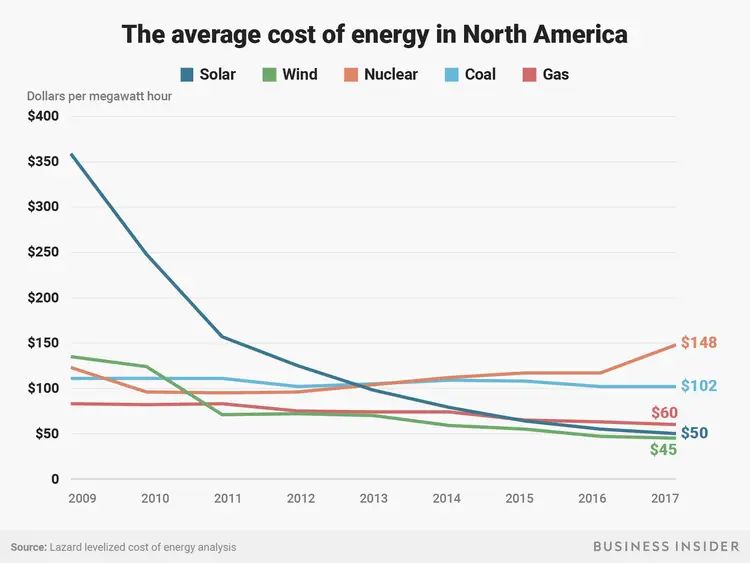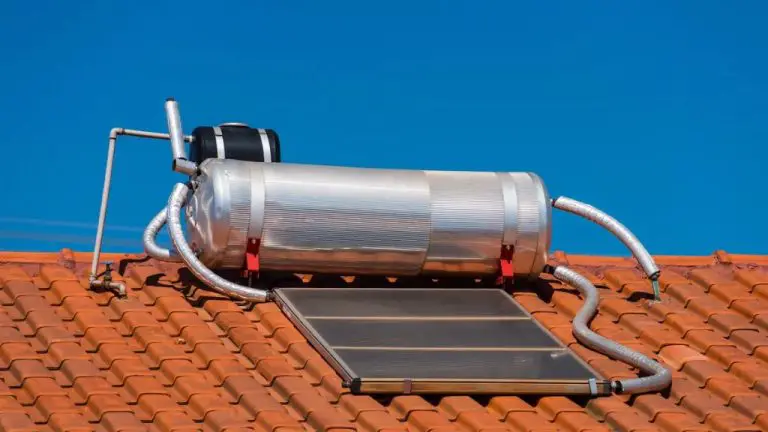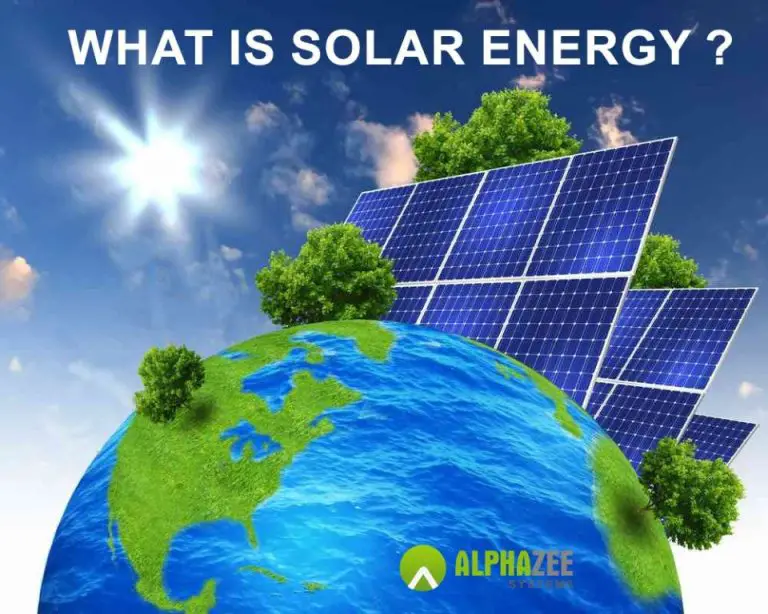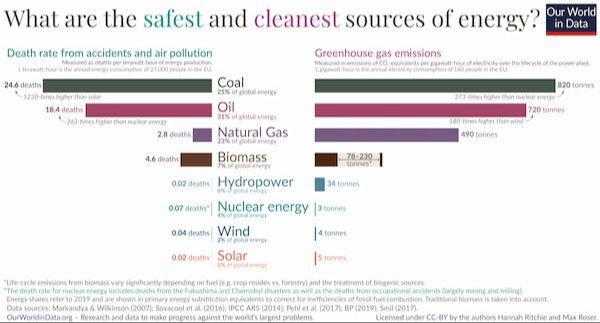What Hazards Are Associated With Solar Panels?
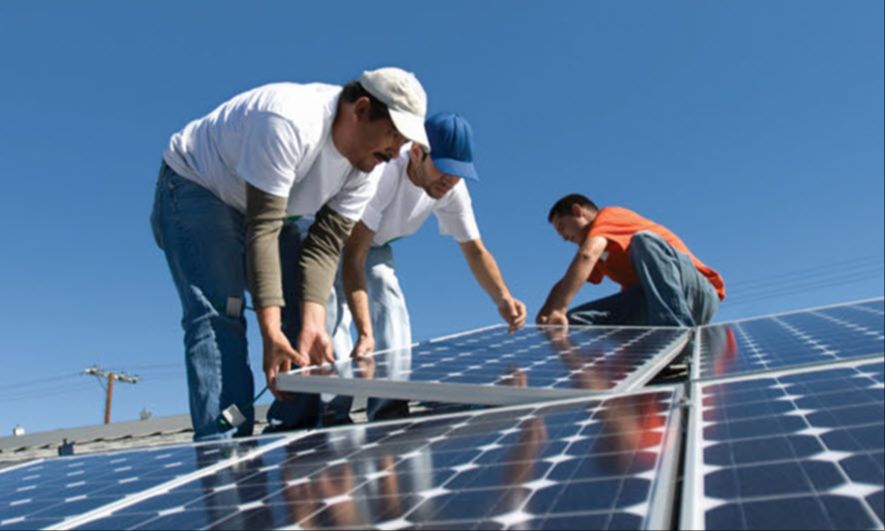
Solar panels have been growing in popularity as a source of clean, renewable energy. Installing solar panels on homes and businesses enables people to generate their own electricity from sunlight. According to one source, the global solar panel market is predicted to grow at an annual rate of over 17% from 2022 to 2027. (1)
While solar panels provide sustainable energy, they do come with some potential hazards that need to be considered. Solar panels can pose electrical, chemical, fire, and physical risks if not properly installed and maintained. Being aware of these risks allows homeowners and installers to take precautions and prevent accidents.
Electrical Hazards
Solar panels carry several electrical risks that must be properly mitigated. Exposed wires during installation or maintenance of the panels can pose a serious risk of electric shock. According to the article Solar Panel Fires and Electrical Hazards from the National Association of Certified Home Inspectors, “PV modules may become slippery and pose a slip and fall hazard, they may pose an arc/blast hazard, become projectiles in a wind storm, contain noxious chemicals, and become shocked or release high DC voltage when damaged.” Proper precautions and protective equipment should be used by installers to avoid electrocution.
Additionally, solar panels can cause fires if not properly installed and maintained. Faulty connections, damaged wiring, and improper grounding can all lead to electrical arcing and sparking, which can ignite fires. As noted in the Consumer’s Guide to Fire Safety with Solar Systems from the Department of Energy, “Design flaws, component defects, and faulty installation generally cause solar rooftop fires.” Having a licensed electrician install the system according to local building codes can help mitigate this risk.
Chemical Hazards
Solar panels contain toxic heavy metals like lead and cadmium that can leach out and cause environmental damage if not disposed of properly. According to cancer biologist David H. Nguyen, PhD, toxic chemicals in solar panels include cadmium telluride, copper indium selenide, cadmium sulfide, silicon tetrachloride, as well as lead and chromium used in soldering during manufacturing (1). If solar panels crack, shatter, or degrade, these toxic materials can leach out. Rains can wash the toxins into the soil and groundwater. When improperly disposed of in landfills, the toxic materials can leach and contaminate soil and waterways (2).
Workers involved in the manufacturing and installation of solar panels may be exposed to these toxic materials as well. Proper safety precautions and handling procedures need to be followed to mitigate risks. There is concern that as solar panels increase in volume, managing the safe disposal and recycling will become more problematic. More needs to be done to plan for the increasing amount of solar waste containing heavy metals and toxic chemicals (3).
Sources:
(1) https://fee.org/articles/solar-panels-produce-tons-of-toxic-waste-literally/
(2) https://iowasolar.com/dangerous-chemicals-in-solar-panels/
(3) https://www.americanexperiment.org/solar-panels-produce-tons-of-toxic-waste-literally/
Fire Risk
Solar panels can increase the risk of fire on rooftops if not properly installed and maintained. The electrical components and wiring in solar panels generate heat that needs proper ventilation and airflow. If the heat builds up, it can ignite nearby combustible materials like roof shingles or vegetation. According to the U.S. Department of Energy, most home insurance policies cover rooftop solar panels, but improper installation or maintenance can void that coverage [1].
Solar panels can also complicate firefighter operations during a roof fire. The electrical components make it unsafe for firefighters to walk on or cut into the roof [2]. Firefighters may have to disconnect or isolate the solar panels before extinguishing the fire. Proper isolation, ventilation, and maintenance of solar systems can mitigate these fire risks.
Weight Considerations
Solar panels add considerable weight to rooftops, which can pose risks of roof damage if the structure is not properly reinforced. On average, solar panels and mounting equipment weigh 2-4 lbs per square foot (10-20 kg per square meter). This added load is usually within acceptable limits for most rooftops, but can approach the maximum capacity for some buildings (1).
Most standard 60-cell solar panels weigh between 35-45 lbs each. Even a relatively small 5 kW system would have around twenty 250W panels, adding up to around 800-1000 lbs. Older roofs or those not built to modern standards are at higher risk of buckling or collapse from the extra weight (2).
Before installing a solar array, it’s important to consult with a structural engineer to evaluate the roof’s load capacity. Factors like roof pitch, rafter size, and sheathing material impact strength. Upgrades like added supports or rigid mounting systems may be needed to handle the panel load safely.
Weather Hazards
Weather events like hail, high winds, and heavy snow can damage solar panels and reduce their energy production.
Hail is one of the biggest weather threats to solar panels. Hailstones, even small ones traveling at high speeds, can cause invisible cracking in solar cells that reduces their efficiency. Large hailstones can shatter glass panels and destroy aluminum frames [1]. Areas prone to large hailstorms like Colorado and Nebraska have seen solar arrays destroyed by hail [2].
High winds from storms can also damage solar equipment and mounting systems. Panels must be durably mounted to withstand winds above 90 mph.
Heavy snow can cover panels and prevent light absorption, reducing energy output. Snow cover over just 20% of panels can cut production by over 50% [2]. Frequent snow removal is often needed to maintain winter energy production.
Glare Hazard
Solar panels can cause a glare hazard due to their reflective surfaces. Although solar panels are designed to absorb sunlight, their smooth surfaces can still reflect sunlight at certain angles [1]. This reflected glare from solar panels has the potential to temporarily blind pilots, drivers, and neighbors. There have been cases of pilots reporting solar panel glare while landing planes [2]. Similarly, solar panel glare can be an issue for motorists, especially in the early morning and late afternoon when the sun is lower on the horizon. Glare reflected off solar panels into drivers’ eyes can momentarily blind them and cause dangerous situations on the roads [3].
The glare from solar panels can also be a nuisance for neighbors. If solar panels are positioned poorly, they can reflect sunlight directly into a neighbor’s window, creating uncomfortable glare conditions indoors. There are documented cases of neighbors filing lawsuits and complaints over glare from nearby solar installations [4]. Proper solar panel placement and orientation is important for minimizing glare and its impacts.
Installation Risks
Installing solar panels, especially on rooftops, carries significant safety risks for workers. One of the most serious hazards is the risk of falls and injuries while working on rooftops and ladders. According to the Bureau of Labor Statistics, falls accounted for 100 out of 150 fatal injuries to roofers in 2020, a 15% increase from the previous year as solar roof installations rise (Source). Falls can occur while accessing the roof, maneuvering panels and equipment, or even falling through fragile rooftop materials.
Proper safety training, gear, and precautions are essential to mitigate these risks. Workers should wear harnesses, guardrails, toe boards, and non-slip footwear. They must also be properly trained in ladder safety, fall protection, and safe installation procedures. Following rigorous safety protocols and OSHA regulations can help reduce injuries and create a safer work environment for solar installers (Source).
Mitigating Hazards
Proper installation is crucial to mitigate risks associated with solar panels. Panels should be mounted securely, with adequate spacing between the roof and panels to allow airflow and prevent overheating (Source). Regular maintenance checks should look for issues like loose connections, corrosion, and cracks which can become fire or electrocution hazards if left unchecked (Source). Proper ventilation around panels is important to prevent overheating and reduce fire risks.
Safe disposal of solar panels is also key, as they contain hazardous materials like lead and cadmium. Workers should follow safety procedures when installing, maintaining, and disposing of solar panels to reduce risks of chemical exposure and electrocution. Panels should be recycled responsibly at end-of-life to prevent environmental contamination (Source). With proper installation, maintenance, ventilation, disposal procedures and worker safety protocols, the risks associated with solar panels can be significantly mitigated.
Conclusion
While solar panels do come with some hazards and risks, they remain one of the cleanest and most sustainable energy sources available. The hazards outlined in this article, from electrical and chemical dangers to weather and installation risks, can all be minimized and mitigated with proper safety protocols, precautions, training, and oversight. With prudent planning and execution, the substantial benefits of solar power far outweigh the potential downsides.
The safety issues associated with solar panels should not deter homeowners, businesses, or utilities from adopting this important renewable technology. Quite to the contrary, being aware of the hazards enables developers, installers, and end-users to account for them in advance and implement solutions to keep themselves and their communities safe. With reasonable care taken during the design, transportation, installation, operation, and maintenance of solar photovoltaic systems, they can provide abundant clean electricity for decades with minimal risk.
The transition to sustainable energy is one of the defining challenges of the 21st century. Solar PV will undoubtedly play a major role in reducing fossil fuel dependence and carbon emissions worldwide. With pragmatism, precaution, and care, the hazards outlined in this article can be anticipated, controlled, and contained. So while the risks are real, they do not negate the immense value of solar energy. With increased diligence and safety measures, solar power can proliferate while protecting lives, property, and the planet.

